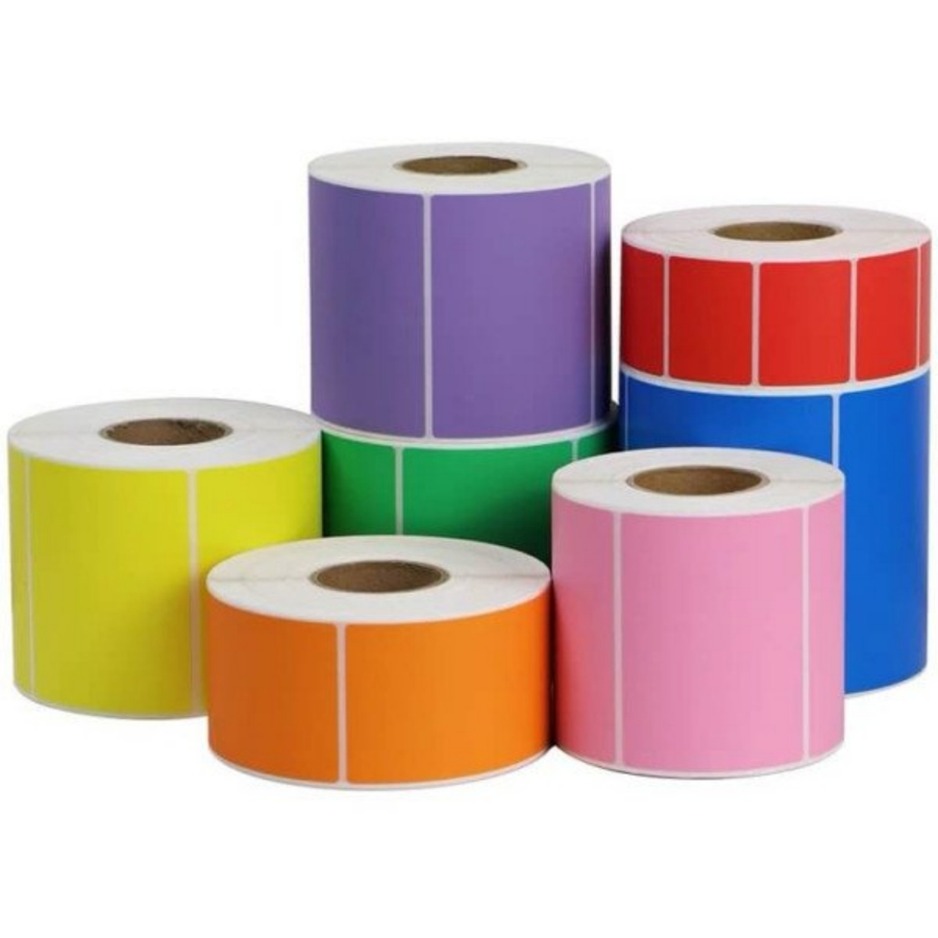In today’s fast-paced world, efficient mailing solutions are essential for businesses and individuals alike. From sending packages to mailing important documents, the right tools can make a significant difference. This article will explore the benefits and usage of thermal printing labels and clasp envelopes, providing you with tips on how to mail clasp envelopes safely and efficiently.
Understanding Thermal Printing Labels
Thermal printing labels are a popular choice for labeling and shipping needs. These labels are produced using thermal printers, which utilize heat to create images and text on the label material. This method eliminates the need for ink or toner, making it a convenient and cost-effective option.
Types of Thermal Printing Labels
There are two main types of thermal printing labels:
Direct Thermal Labels
Direct thermal labels are coated with a heat-sensitive layer that darkens when exposed to the thermal print head. These labels are ideal for short-term applications, such as shipping labels and receipts.
Thermal Transfer Labels
Thermal transfer labels require a ribbon to transfer the ink onto the label. This method produces more durable labels that are resistant to heat, moisture, and abrasion, making them suitable for long-term use.
Advantages of Using Thermal Printing Labels
Thermal printing labels offer several benefits:
- Cost-effectiveness: With no need for ink or toner, thermal printing reduces operational costs.
- Durability: Thermal transfer labels, in particular, provide long-lasting results.
- Speed and convenience: Thermal printers are fast and easy to use, improving efficiency in high-volume environments.
How to Use Thermal Printing Labels
Setting Up Your Thermal Printer
Ensure your thermal printer is properly set up and connected to your computer or network. Follow the manufacturer’s instructions for installation and calibration.
Printing Labels Correctly
Use compatible software to design and print your labels. Make sure to select the appropriate label type (direct thermal or thermal transfer) and size settings.
Application Tips for Thermal Labels
Apply labels to clean, dry surfaces to ensure good adhesion. Avoid touching the adhesive side to prevent contamination.
Common Issues with Thermal Printing Labels
Despite their advantages, thermal printing labels can encounter some issues:
Printer Jams
Printer jams can occur if labels are not properly loaded. Make sure to follow the printer’s loading instructions carefully.
Faded Prints
Faded prints can result from using the wrong label type or an old ribbon. Ensure you are using the correct materials and replace them as needed.
Label Adhesion Problems
Labels may not stick well if applied to dirty or wet surfaces. Always clean the surface before applying labels.
Maintaining Your Thermal Printer
Regular maintenance is crucial to keep your thermal printer in good working condition.
Cleaning the Print Head
Clean the print head regularly using a lint-free cloth and isopropyl alcohol. This prevents residue build-up that can affect print quality.
Regular Maintenance Tips
Follow the manufacturer’s maintenance schedule and replace worn-out parts promptly.
Troubleshooting Common Problems
Refer to the user manual for troubleshooting tips if you encounter any issues. Common problems like poor print quality or error messages can often be resolved with simple adjustments.

Understanding Paper Mailing Envelopes
Paper mailing envelopes come in various types, each suited for different purposes. From standard letter envelopes to padded mailers, choosing the right envelope is essential for protecting your contents.
Types of Paper Mailing Envelopes
- Standard Envelopes: Ideal for letters and lightweight documents.
- Padded Mailers: Provide extra protection for fragile items.
- Clasp Envelopes: Equipped with a metal clasp for secure closure.
Benefits of Using Paper Envelopes
Paper envelopes are biodegradable and recyclable, making them an eco-friendly choice. They also provide a professional appearance and are widely accepted by postal services.
How to Choose the Right Paper Mailing Envelope
Size Considerations
Select an envelope size that fits your contents comfortably. Avoid overstuffing, as this can damage the envelope and its contents.
Durability and Security Features
Consider the envelope’s material and closure method. For important or sensitive documents, choose envelopes with security features like tamper-evident seals.
How to Mail Clasp Envelopes
What are Clasp Envelopes?
Clasp envelopes feature a metal clasp for secure closure, making them ideal for mailing documents that require extra protection.
When to Use Clasp Envelopes
Use clasp envelopes for sending contracts, legal documents, and other important papers that need to stay intact during transit.
Proper Sealing Techniques for Clasp Envelopes
Using the Clasp
Ensure the metal clasp is securely fastened to prevent the envelope from opening during transit.
Adding Additional Tape for Security
For extra security, seal the envelope flap with adhesive tape. This provides an additional layer of protection against tampering.
Addressing Clasp Envelopes Correctly
Proper addressing ensures your envelope reaches its destination without delays.
Placement of Sender and Recipient Information
Write the recipient’s address in the center of the envelope and your return address in the top left corner.
Tips for Legible Addressing
Use a permanent marker or pen for clear, legible writing. Avoid cursive or elaborate fonts that may be hard to read.
Avoiding Common Mailing Mistakes
To ensure your envelope arrives safely, avoid these common mistakes:
Overstuffing Envelopes
Overstuffing can cause envelopes to tear. Use the appropriate size and number of envelopes for your contents.
Insufficient Postage
Make sure your envelope has enough postage. Weigh it if necessary and check postal rates to avoid delays.
Incorrect Address Formatting
Double-check addresses for accuracy. Incorrect formatting can lead to delivery issues.
Environmental Impact of Mailing Supplies
Choosing eco-friendly mailing supplies can help reduce your environmental footprint.
Eco-Friendly Options for Labels and Envelopes
Look for labels and envelopes made from recycled materials. Many companies now offer sustainable options.
Reducing Waste and Recycling
Reuse envelopes and packaging materials when possible. Recycle used envelopes and labels according to local guidelines.
Conclusion
Thermal printing labels and clasp envelopes are essential tools for efficient mailing. By understanding how to use them correctly and addressing common issues, you can ensure your mail arrives safely and securely. Embrace eco-friendly options to minimize your environmental impact and keep up with regular maintenance to prolong the life of your thermal printer.
Stay in touch to get more news & updates on Discovertribune.Org!




